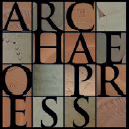
Publishing Scholarly Archaeology since 1997
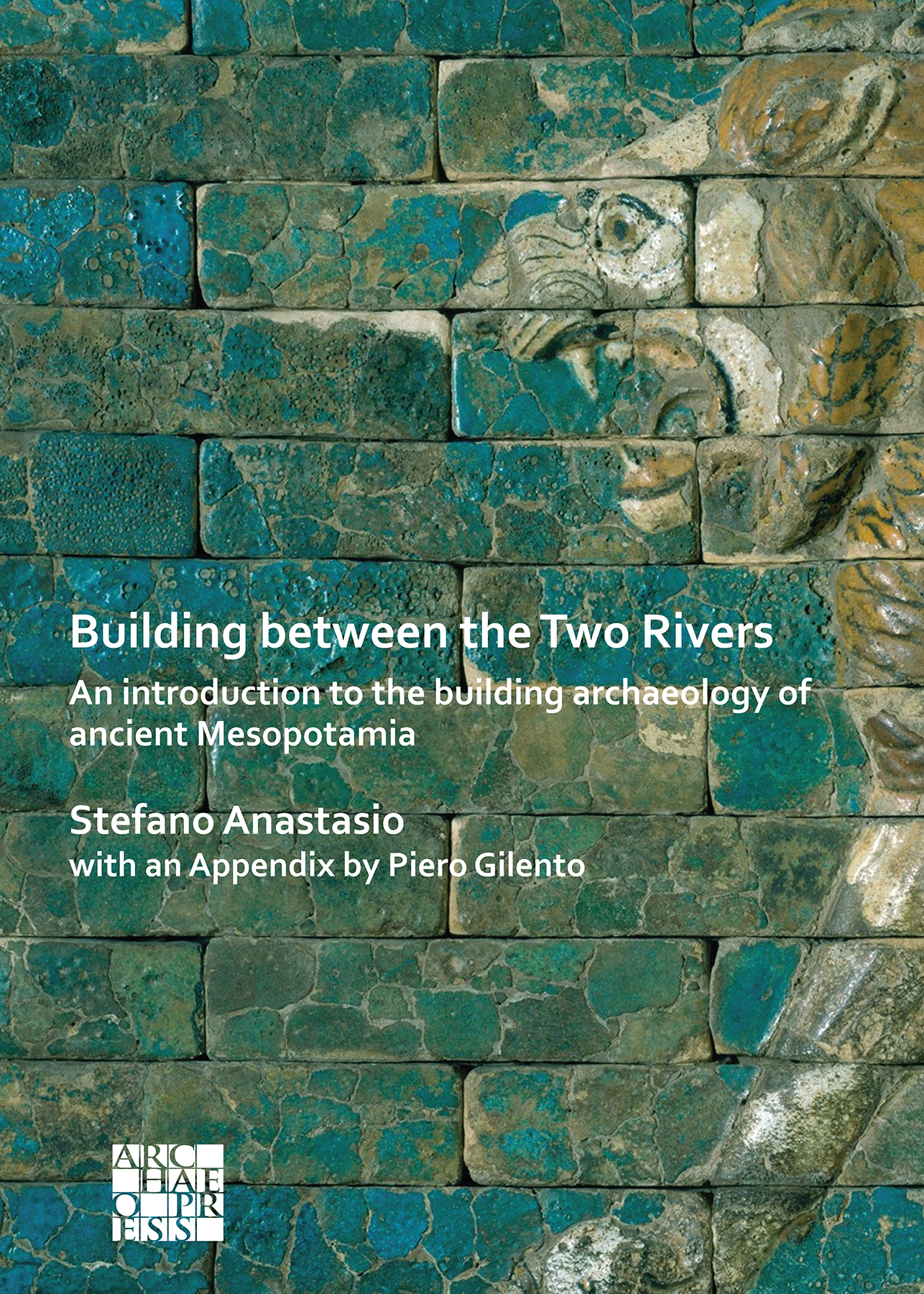
Download Sample PDF
H 245 x W 175 mm
220 pages
136 figures
Published Aug 2020
ISBN
Paperback: 9781789696035
Digital: 9781789696042
Keywords
Building technology; Mesopotamia; Architecture; Archaeology; Near East; Building material
Related titles
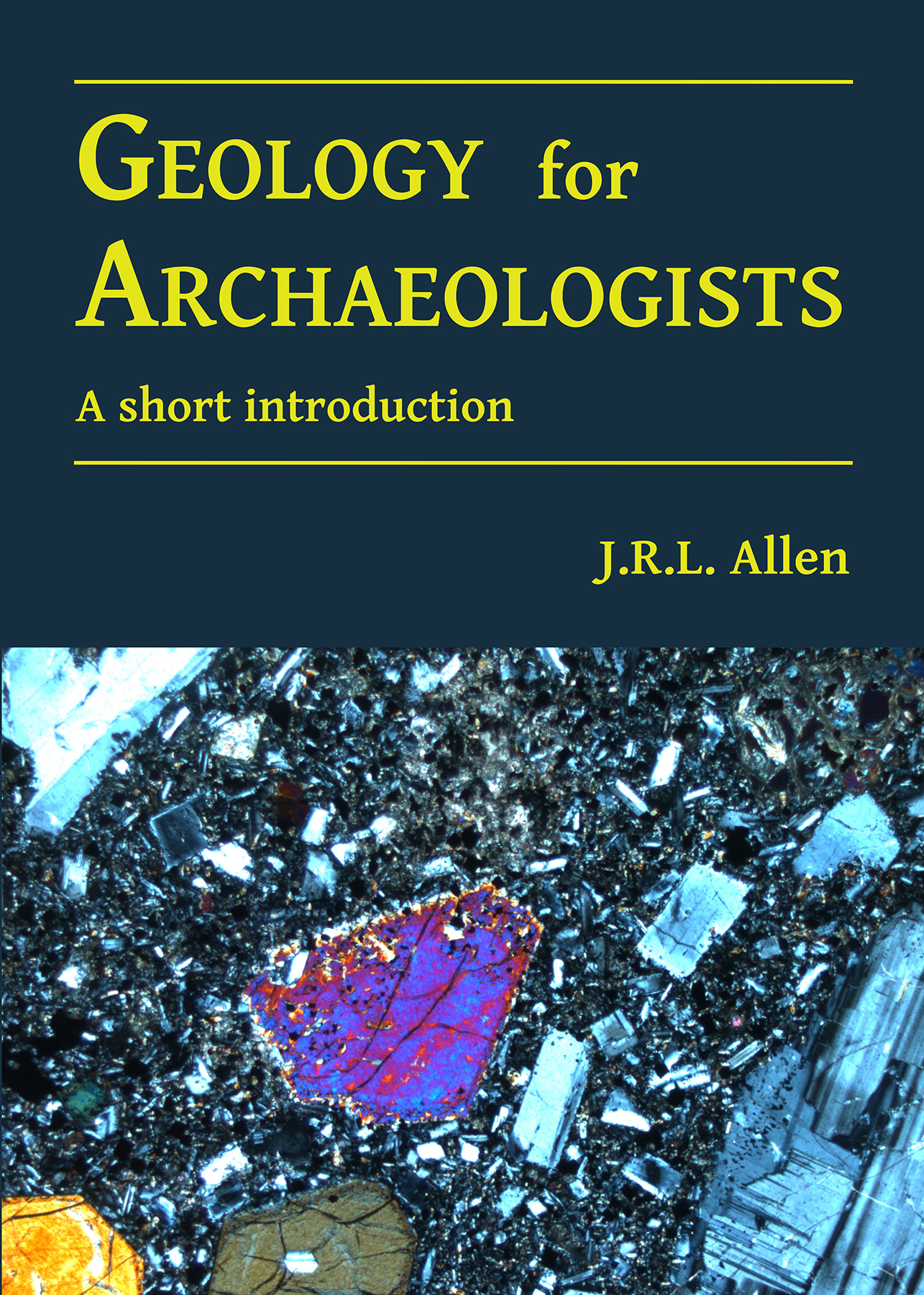
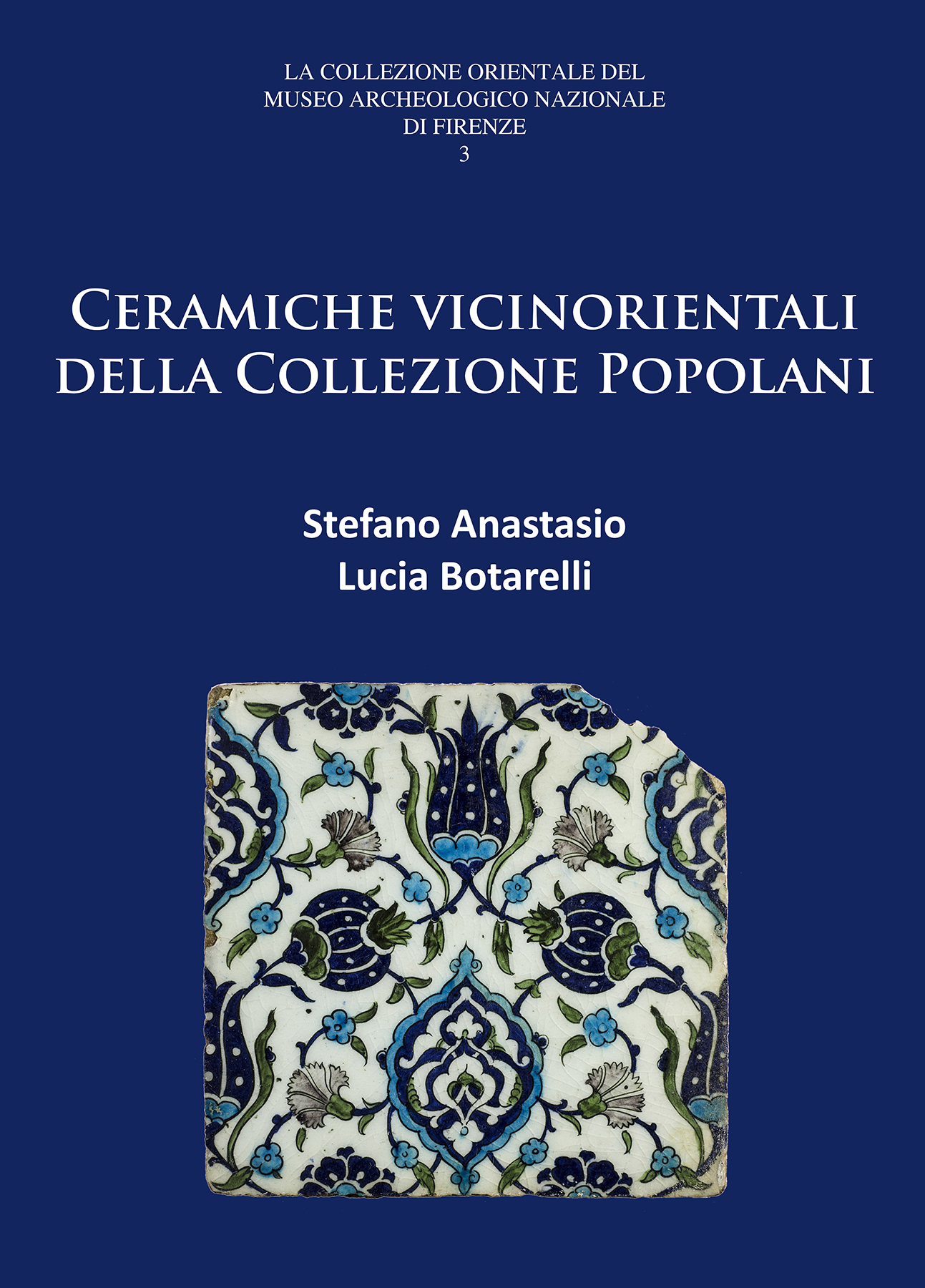
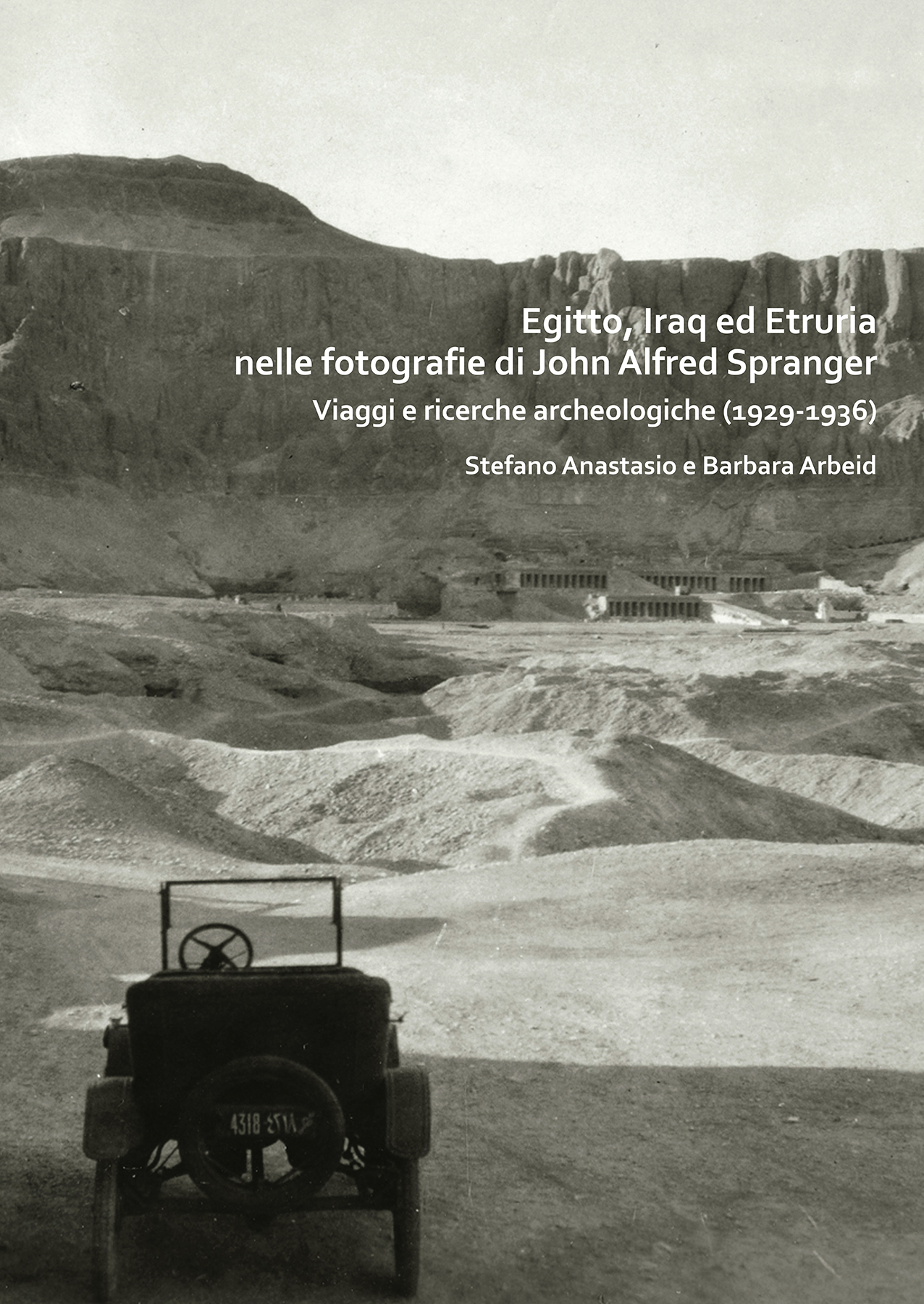
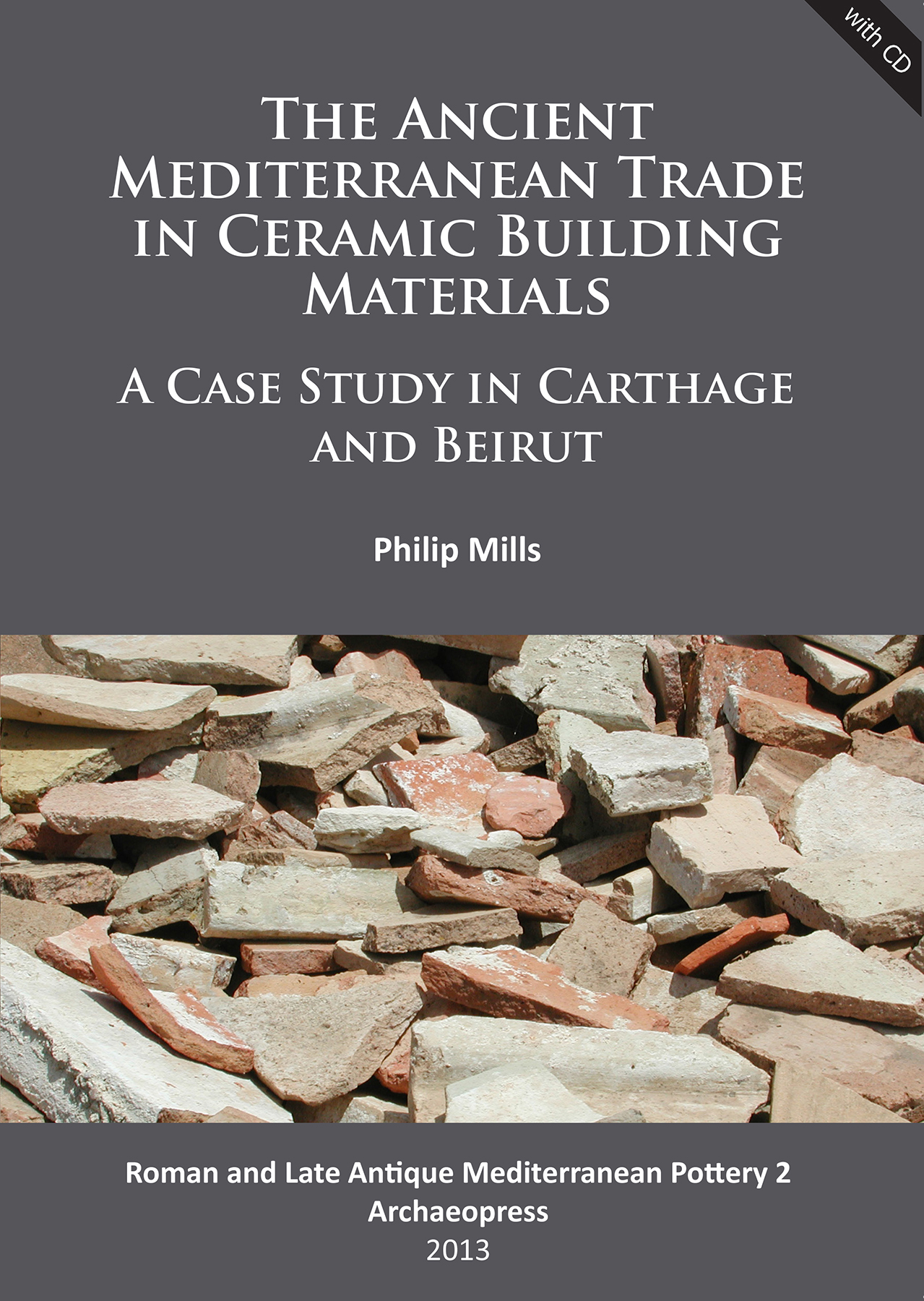
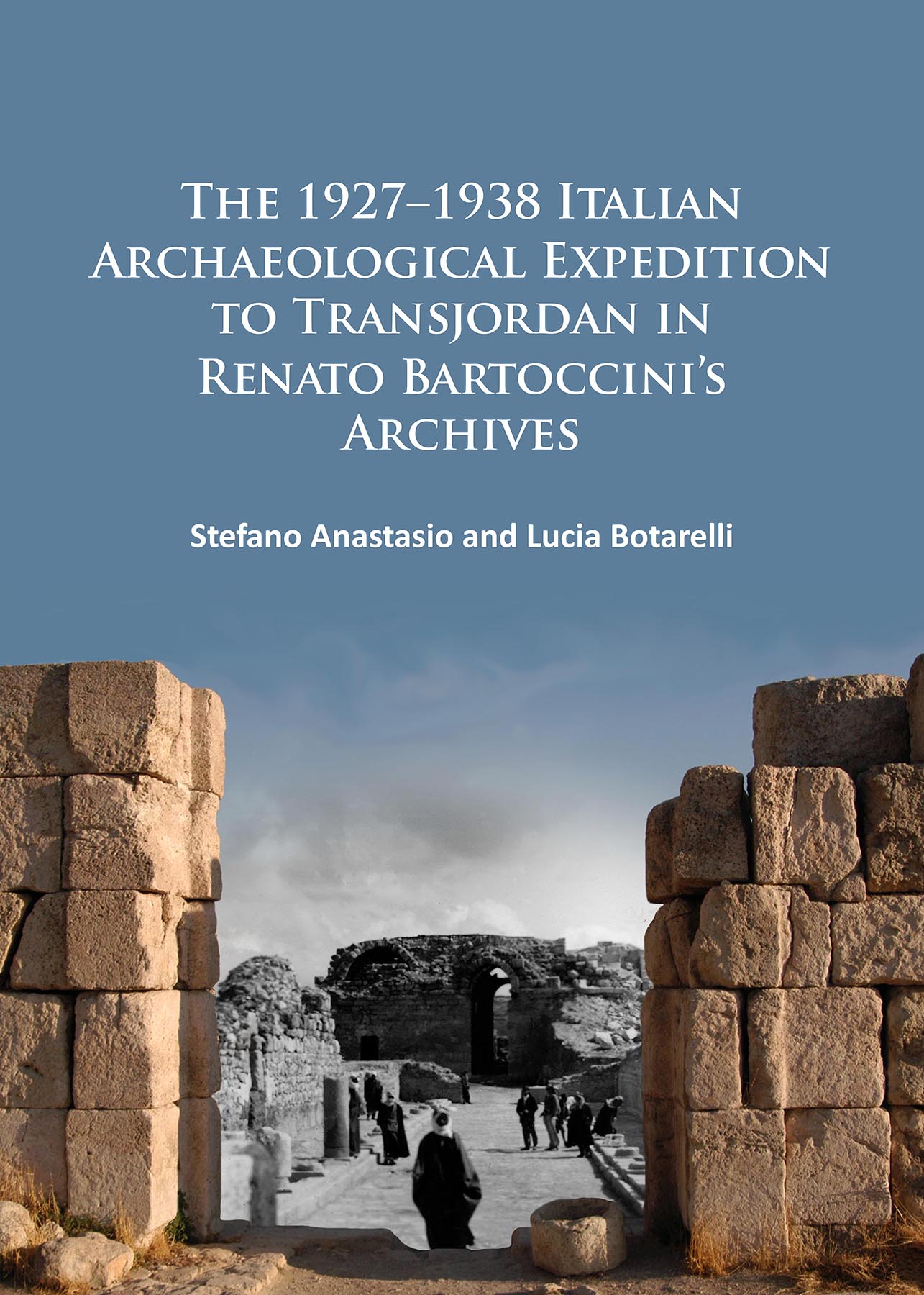
Building between the Two Rivers: An Introduction to the Building Archaeology of Ancient Mesopotamia
Contributions by Piero Gilento
Paperback
£34.00
Includes PDF
PDF eBook
(personal use)
£16.00
PDF eBook
(institutional use)
£34.00
This volume introduces university students and scholars of Near Eastern archaeology to 'Building archaeology' methods as applied to the context of Ancient Mesopotamia. It helps the reader understand the principles underlying this discipline and to realise what knowledge and skills are needed, beyond those that are specific to archaeologists.
Contents
Preface ;
Building archaeology: goals and methods ;
Building archaeology ;
The building survey and stratigraphy ;
Direct and indirect sources ;
The Mesopotamian context ;
Land use and water management ;
Urbanisation and city planning ;
Ancient cartography, topography and surveying ;
Commissioners, designers and builders ;
Ancient building crafts and technology ;
Building materials ;
Building materials: general characteristics ;
Earth architecture ;
Stone ;
Mortar ;
Bitumen ;
Wood and reeds ;
Metals ;
Claddings and decorations ;
Architectural elements ;
Load-bearing structural systems: general features ;
Walls ;
Arches, vaults and domes ;
Pillars and columns ;
Openings ;
Staircases ;
Domestic and urban structures for water management ;
Pavements, ceilings and roofs ;
Building types ;
Ziggurats and temples ;
Palaces ;
Fortifications ;
Houses, storage- and workplaces ;
Roads, streets, bridges ;
Infrastructures for the water management ;
Gardens and orchards ;
Portable shelters ;
Funerary buildings ;
Conclusions ;
Appendix: the methods of building archaeology – (Piero Gilento) ;
What is and what does ‘building archaeology’ deal with? ;
Architectural stratigraphy ;
What is a Stratigraphic Building Unit (SBU)? ;
What stratigraphic relationships exist between the SBUs? ;
Typology and chronotypology in building archaeology ;
How to work ;
Web resources ;
Thematic bibliography ;
The Mesopotamian context ;
Building materials ;
Architectural elements ;
Building types ;
Bibliographic references ;
Chronological table ;
Glossary and analytical index ;
Illustration credits
About the Author
Stefano Anastasio is an archaeologist who specialises in the Ancient Near East. He is currently storehouse-keeper of the archaeological deposits of the Superintendency for Archaeology, Arts and Landscape in Florence. He is also currently working on the implementation of the new Photo-Archive for the Archaeological Conservation Centre of the Superintendency ;Piero Gilento is an Associate Researcher at the Research Unit UMR7041-ArScAn (France), co-director of the French archaeological mission in northern Jordan, and Principal Investigator of the ACTECH project founded by a Marie Skłodowska-Curie fellowship.
Reviews
This well-illustrated handbook will introduce students to archaeological evidence alongside epigraphical and visual documents for building materials, architectural elements, and building types in Mesopotamia from the Neolithic to the Achaemenian period, altogether spanning 10,500–333 BC.
Essential reading for the archeologist, Stefano Anastasio’s book will also appeal to anyone interested in how and why building techniques invented thousands of years ago still form the basis of architectural planning today. Designed to help budding archeologists determine the age and possible use of ancient buildings, Stefano Anastasio’s authoritative guide traces the evolution of architectural techniques from the 10th millennium BCE to the fourth century BCE. Beginning with a survey of the natural resources of ancient Mesopotamia, Anastasio goes on to compare the particular qualities of such building materials as brick, stone, wood, mortars and even metal and, with the help of detailed illustrations, shows the multiple ways these materials were used to erect walls, lay foundations and create serviceable roofs. He also demonstrates how with the development of the arch, “a huge technological innovation,” buildings became more stable, more spacious and far more beautiful.

 Add to wishlist
Add to wishlist